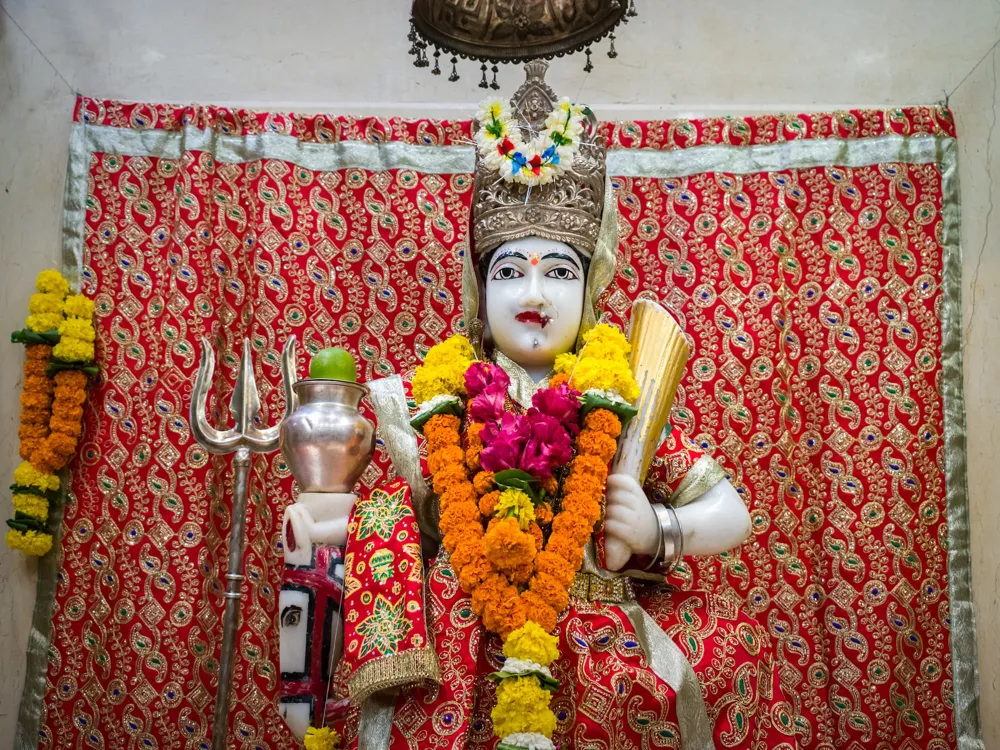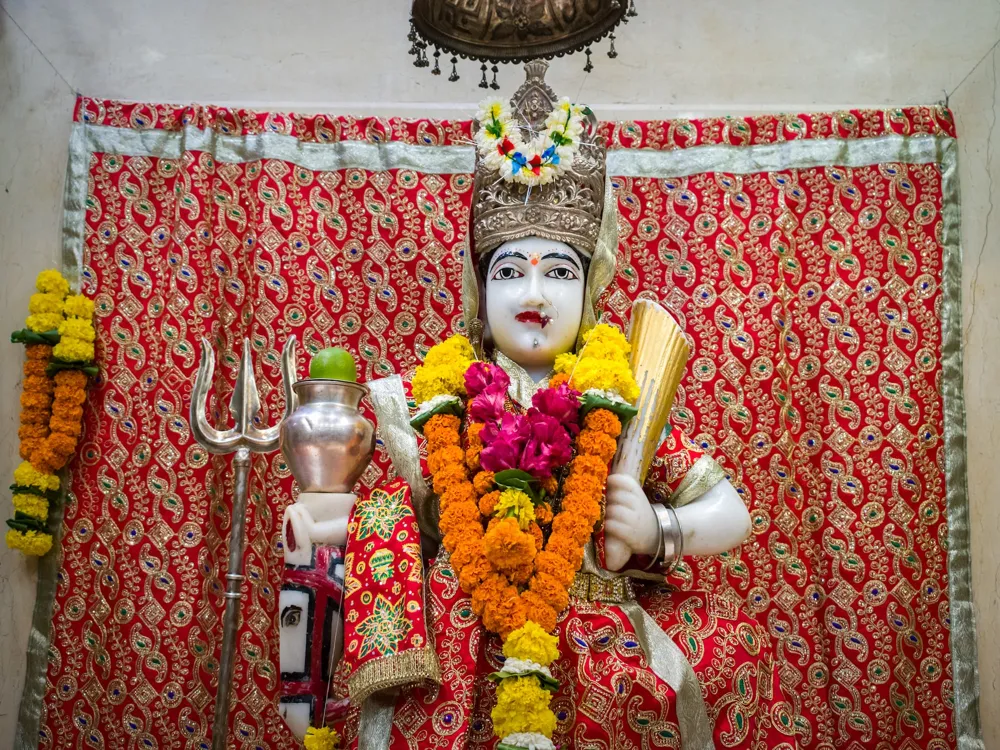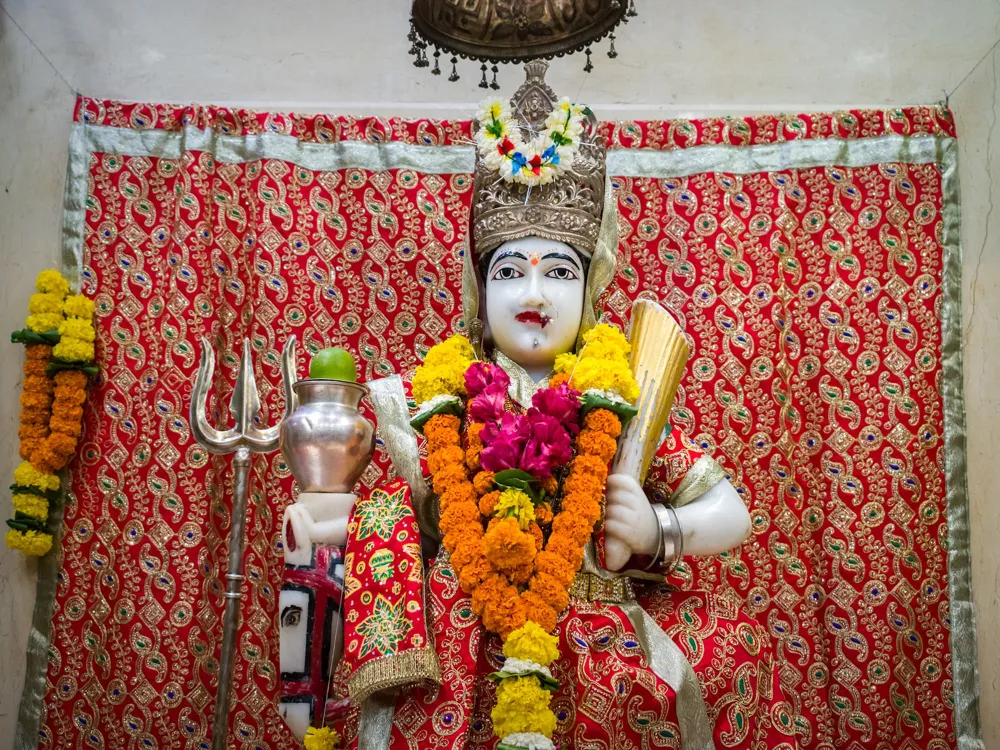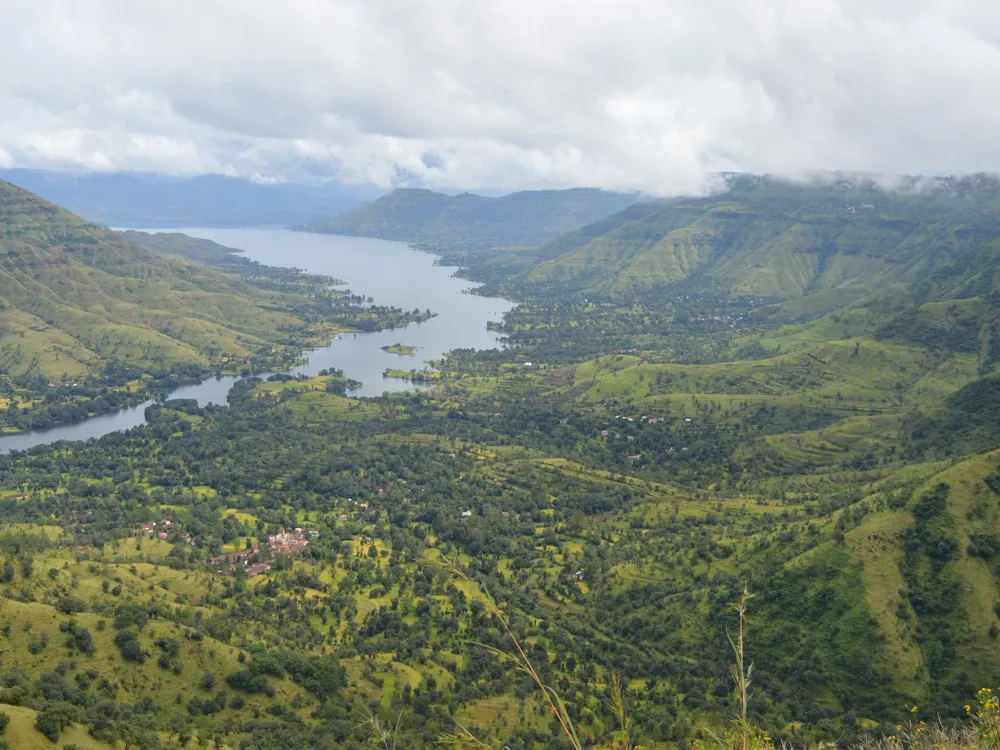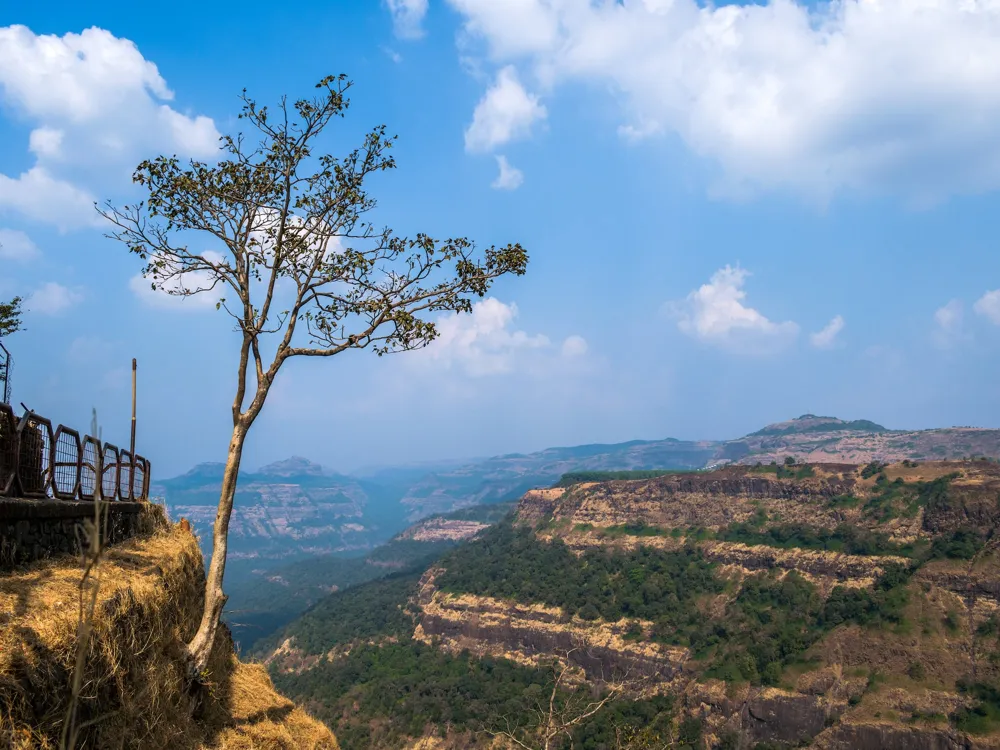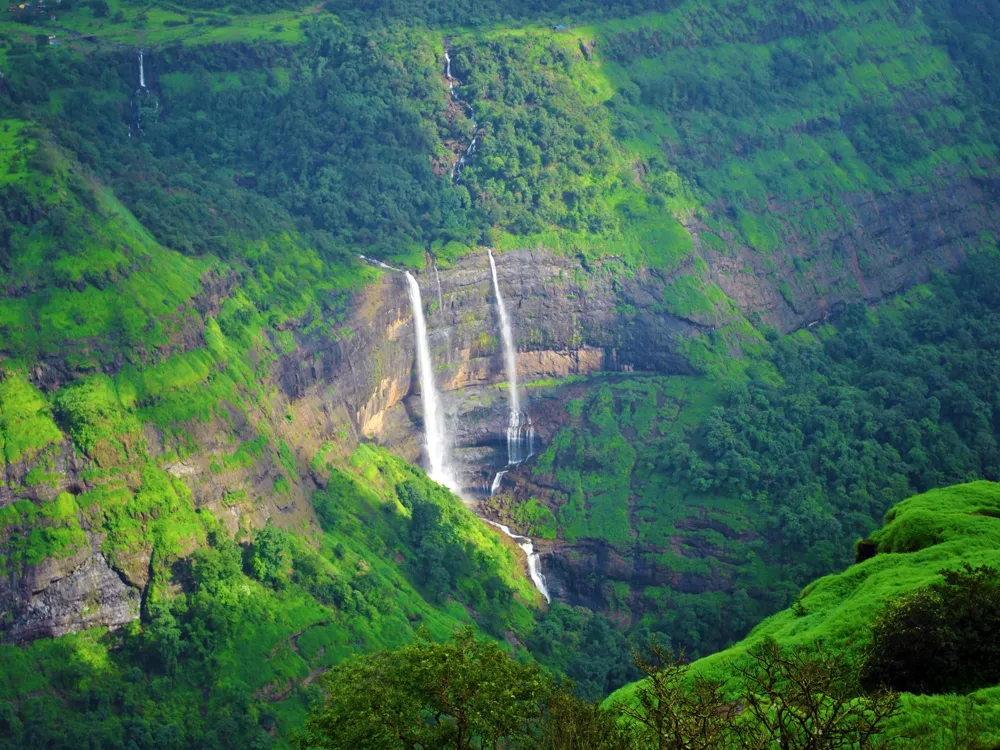Naneghat, located in the Western Ghats range near Mumbai and the border of Maharashtra and Goa, is a historically significant trade route. This mountain pass, once a crucial link between the coastal Konkan region and the interior, is now a popular trekking destination. It's known for its picturesque landscapes, ancient rock-cut water cisterns, and inscriptions dating back to the 2nd century BCE. The architecture of Naneghat is a testament to its historical importance. The pass features a series of rock-cut caves and inscriptions in Brahmi script, indicating its use as a toll booth in ancient times. The rugged terrain and the monolithic structure of the caves reflect the ingenuity of ancient engineering in adapting to the natural landscape. 1. Wear comfortable trekking shoes: The terrain can be rough and uneven. 2. Carry water and snacks: There are limited facilities available on the route. 3. Check the weather: The region experiences heavy rainfall during monsoons. 4. Start early: To avoid the midday sun and to have enough time to return. 5. Respect the environment: Do not litter and maintain the sanctity of the historical site. Naneghat is accessible by road from Mumbai and Pune. The nearest town is Junnar, from where you can hire local transport to the base of the trek. The trek to the top of Naneghat is moderately challenging and can be completed within a few hours. Public transport options are limited, so it is advisable to arrange private transport or join a guided trekking group. Read More:Overview of Naneghat, Mumbai, Maharashtra, Goa
Architecture of Naneghat
Tips When Visiting Naneghat
Click for Tips
How To Reach Naneghat
Naneghat
Mumbai
Maharashtra Goa
NaN onwards
View mumbai Packages
Weather :
Tags : Trekking & Hiking
Time Required : 1 day
Planning a Trip? Ask Your Question
Mumbai Travel Packages
View All Packages For Mumbai
Top Hotel Collections for Mumbai

Private Pool

Luxury Hotels

5-Star Hotels

Pet Friendly
Top Hotels Near Mumbai
Other Top Ranking Places In Mumbai
View All Places To Visit In mumbai
View mumbai Packages
Weather :
Tags : Trekking & Hiking
Time Required : 1 day
Planning a Trip? Ask Your Question
Mumbai Travel Packages
View All Packages For Mumbai
Top Hotel Collections for Mumbai

Private Pool

Luxury Hotels

5-Star Hotels

Pet Friendly







